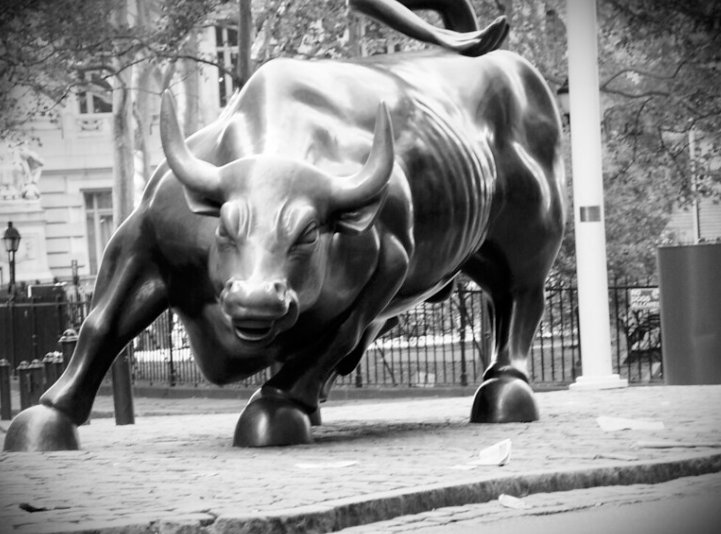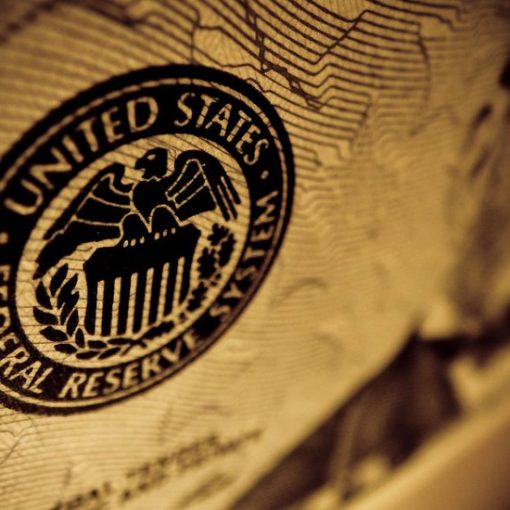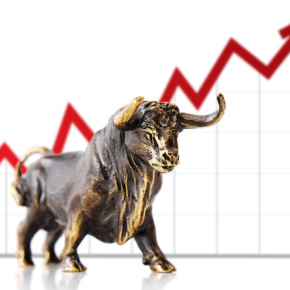Markets love simple narratives. One of the simplest is that the CBOE Volatility Index (VIX) is the market’s fear gauge. If you think of VIX in those terms you would expect to see VIX fall when the market rises. It seems logical, right?
If markets are going up, then investors are clearly less fearful, so the “fear gauge” should fall. While that is often the case, it is hardly a necessity. And when you see the opposite, there is usually a good reason. In this case, earnings and the election are the reason.

For starters, it is important to understand that VIX is NOT the market’s fear gauge. The VIX Index is calculated by the CBOE, and it is crucial to consider their definition for that product:
“The VIX Index is a calculation designed to produce a measure of constant, 30-day expected volatility of the U.S. stock market, derived from real-time, mid-quote prices of S&P 500® Index (SPXSM) call and put options.” (Source: http://www.cboe.com/vix/)
Fearless
Do you see the word “fear” mentioned in that description? No. Volatility is a mathematical construct, which I described in greater detail here.
To be fair, VIX does tend to rise when markets decline and fall when markets rise. You may have heard the old adage, “markets take the stairs to the attic and the elevator to the basement.” Rising markets tend to grind higher and fewer investors feel the need to hedge with options.
On the other hand, falling markets tend to be punctuated by sharp drops and investors belatedly remember that options can provide the protection that they may otherwise lack. A steadily rising market tends to be accompanied by a falling VIX, especially if investors perceive calm markets ahead. Conversely, a falling market tends to see spikes in that index as investors clamor for hedges. Patterns like that gave rise to the notion that VIX is the market’s fear gauge.
Takeaway
Yet sometimes markets are caught in a pattern of rapid movement. On a morning like today, with SPX leaping 1.5%, the rise is hardly part of a quiet grind higher. Using the Rule of 16, that would translate to a 24% annualized volatility – not far below today’s 28 VIX level. It is a sharp reaction to the seemingly paradoxical notions that:
- The President is doing better after his initial COVID-19 diagnosis;
- His illness improves the likelihood for another round of fiscal stimulus; and
- Investors are growing more comfortable with the potential for a “blue wave” electoral result where Democrats regain control of the White House and Senate.
Yet markets seem to be bearing in mind that:
- The President’s recovery is far from fully assured;
- The Senate is out of session until October 19th because of COVID and the House is out of session for re-election campaigns. A well-respected political consultant told me this weekend that he puts a 40% chance on a deal before Election Day; and
- The “blue wave” is likely to raise the prospects for fears of a capital gains hike next year. Stocks often stumble ahead of a capital gains hike as investors opt to take profits to avoid the tax.
Remember also a key feature of VIX: It is designed to measure the market’s expectation of 30 day volatility. With the calendar turning to October, there is much for investors to digest over the coming 30 days. Yes, Election Day is now only 29 days away. But remember, stocks need to pass through earnings season between now and then.
Those often prove to be periods when traders expect higher volatility, and the combination of the uncertain economic picture and the heavy concentration of mega-cap stocks at the tops of the major indices will do little to diminish those expectations. Hence, we see VIX higher despite the rise in today’s major equity indices.
Yes, it is convenient to think of VIX as the market’s fear gauge. But, in my opinion,you now have the tools to understand why that is at best an incomplete understanding of that key index.
Photo Credit: thenails via Flickr Creative Commons
DISCLOSURE: INTERACTIVE BROKERS
The analysis in this material is provided for information only and is not and should not be construed as an offer to sell or the solicitation of an offer to buy any security. To the extent that this material discusses general market activity, industry or sector trends or other broad-based economic or political conditions, it should not be construed as research or investment advice. To the extent that it includes references to specific securities, commodities, currencies, or other instruments, those references do not constitute a recommendation by IBKR to buy, sell or hold such investments. This material does not and is not intended to take into account the particular financial conditions, investment objectives or requirements of individual customers. Before acting on this material, you should consider whether it is suitable for your particular circumstances and, as necessary, seek professional advice.



